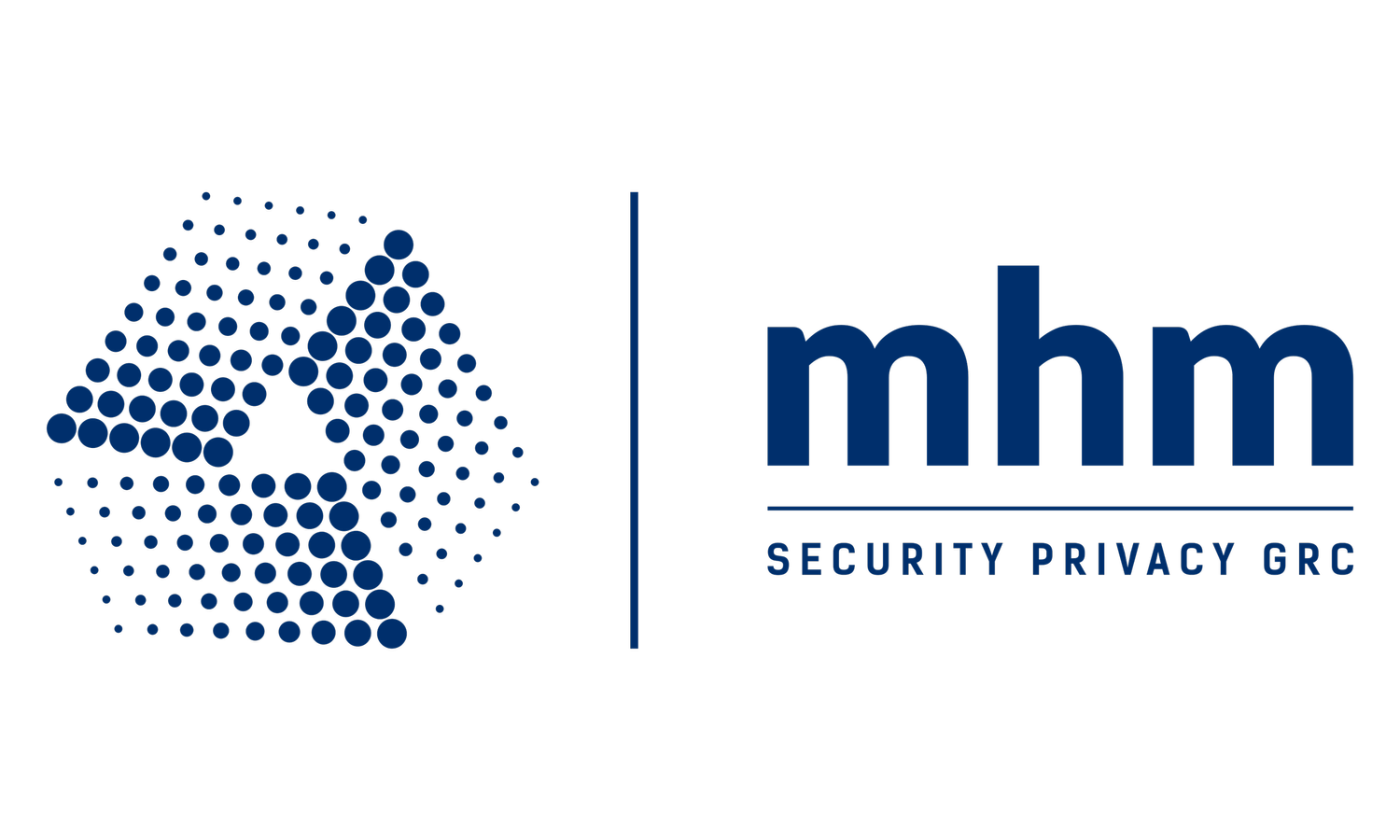The Critical Role of Leadership in ISO 27001 - Clause 5
Clause 5 emphasizes the critical role leadership plays in establishing, maintaining, and continually improving an Information Security Management System (ISMS). It outlines the key responsibilities for top management and stresses how their involvement is vital to the success of the ISMS. There are three subclauses under this section:
5.1 Leadership and Commitment
5.2 Information Security Policy
5.3 Organizational Roles, Responsibilities, and Authorities
5.1 Leadership and Commitment
In today’s increasingly digital world, strong leadership in information security is more important than ever. The success of an ISMS starts with the commitment of top management, who must actively participate in its processes and decision-making. This includes making sure the ISMS is integrated into the organization’s overall goals and business activities, ensuring that security is considered at every level of decision-making.
Top management should also be the driving force in creating a culture of security within the organization. This means constantly reinforcing the importance of security practices and ensuring that all employees understand their role in maintaining security. By leading through example, management not only boosts the effectiveness of the ISMS but also signals to the entire organization that protecting information is a key priority.
To implement an effective ISMS, management must allocate adequate resources, including financial, personnel, and technological support. These resources ensure the system is properly developed, maintained, and improved. In addition, top management should be actively involved in risk management, staying aware of potential security threats and making informed decisions on how to address them.
Finally, leadership should foster an environment of continual improvement. Encouraging ongoing initiatives to strengthen security practices and recognizing efforts to enhance information security are essential to the ISMS’s long-term success.
5.2 Information Security Policy
A strong, clear information security policy is essential for guiding an organization’s efforts in protecting its information assets. This subclause outlines the need to create a policy that is aligned with the organization’s strategic goals and operational needs.
The policy should clearly communicate the organization’s commitment to security and lay out specific security objectives. Importantly, it must be approved by top management, signaling its importance and reinforcing a culture of security across the organization. Key elements of the policy should include:
Alignment with the organization’s overall objectives
Provide a framework for setting information security goals
Include a commitment to meet relevant legal and regulatory requirements
A focus on continual improvement of the ISMS
To be effective, the policy must be well communicated to all employees, ensuring that everyone understands their role in maintaining security. Regular training and awareness programs can help with this, while ongoing reviews of the policy are essential to keep it relevant as security threats evolve.
5.3 Organizational Roles, Responsibilities, and Authorities
For an ISMS to be effective, roles and responsibilities within the organization must be clearly defined and communicated. Subclause 5.3 stresses the importance of assigning specific individuals or teams, such as an Information Security Officer, to oversee the ISMS and ensure it is properly managed.
Clearly outlining roles across the organization not only makes security measures easier to implement but also ensures that everyone understands how their actions contribute to the overall security of the organization. Top management plays a critical role in promoting this awareness and fostering a culture where security is everyone’s responsibility.
Creating this culture involves providing employees with the necessary resources, training, and support to carry out their duties effectively. By establishing clear communication channels and ensuring regular updates to roles and responsibilities, organizations can ensure that their security measures remain effective and adaptable to change.
Practical Steps for Implementation:
Leaders should actively participate in ISMS activities like risk assessments and policy reviews to show their commitment.
Develop and communicate the information security policy, ensuring it’s accessible to all employees and stakeholders.
Create clear communication lines regarding security responsibilities, so employees know who to report to and how to escalate issues.
Offer ongoing training to help employees understand their role in maintaining security and the importance of the ISMS.
Regularly assess the effectiveness of the ISMS and gather employee feedback to help guide improvements.
Summary
In summary, clause 5 highlights the importance of leadership in establishing and maintaining an effective ISMS. It emphasizes the role of top management in integrating information security into the organization’s broader objectives, developing a clear and actionable security policy, and ensuring accountability through defined roles and responsibilities. Ultimately, strong leadership is key to fostering a security-conscious culture and ensuring that the ISMS remains effective in protecting information assets.

